- The Deep Dive
- Sustainable Agriculture
- The Pressing Need: Why Conventional Farming is Running Out of Furrow
- The Toolkit for a Greener Field: Key Principles and Practices
- The Tech Touch: Innovation in Sustainable Farming
- Overcoming Hurdles on the Path to Sustainability
- A Shared Harvest: The Collective Responsibility
- Let’s Learn Vocabulary in Context
- Multiple Choice Quiz
- Let’s Discuss
- Learn with AI
- Let’s Play & Learn
The Deep Dive
Sustainable Agriculture
Did you know that the way we grow our food is at a critical crossroads? For millennia, agriculture has been the bedrock of human civilization, allowing us to flourish and build societies. However, the very practices that once enabled our growth are now, in many instances, straining the Earth’s resources to their limits. From depleted soils to dwindling water supplies and a changing climate, the clarion call for a more holistic and enduring approach to farming has never been louder. This is where sustainable agriculture steps into the limelight, not as a quaint, niche idea, but as an urgent necessity for feeding a growing global population while safeguarding our planet for generations to come.
But what exactly does “sustainable agriculture” mean? It’s more than just a buzzword; it’s a complex, dynamic system designed to produce food, fiber, and fuel in a way that protects the environment, supports economic profitability for farmers, and enhances the social and economic equity of farming communities. Think of it as a three-legged stool: ecological health, economic viability, and social equity. If one leg is wobbly, the whole system risks collapse.
The Pressing Need: Why Conventional Farming is Running Out of Furrow
To truly grasp the importance of sustainable agriculture, we need to acknowledge the shortcomings of many conventional farming practices, particularly those developed during the “Green Revolution.” While this mid-20th century movement dramatically increased crop yields and helped avert widespread famine through high-yield varieties, synthetic fertilizers, and pesticides, it also came with a hefty environmental and social price tag.
- Soil Degradation: Monoculture (planting the same crop year after year) and intensive tillage have led to significant soil erosion, loss of organic matter, and diminished soil biodiversity. Healthy soil is the cornerstone of agriculture, and we’ve been treating it like, well, dirt.
- Water Woes: Agriculture is the largest consumer of freshwater globally. Inefficient irrigation methods, coupled with the depletion of aquifers and contamination of water bodies by fertilizer and pesticide runoff, pose severe threats to water security.
- Biodiversity Loss: The simplification of agricultural landscapes through monoculture and the removal of natural habitats have contributed to a significant decline in biodiversity, affecting pollinators like bees and butterflies, beneficial insects, and soil microorganisms crucial for nutrient cycling.
- Climate Change Contributions: Conventional agriculture is a significant contributor to greenhouse gas emissions through deforestation for farmland, methane from livestock, nitrous oxide from synthetic fertilizers, and carbon dioxide from machinery. Simultaneously, agriculture is highly vulnerable to the impacts of climate change, such as extreme weather events and shifting growing seasons.
- Fossil Fuel Dependency: Modern industrial agriculture is heavily reliant on fossil fuels for machinery, fertilizer production, and transportation, making it susceptible to price volatility and contributing further to carbon emissions.
- Socio-Economic Strains: The economic pressures on smallholder farmers can be immense, often leading to debt and displacement. Issues of fair labor practices and access to resources also persist in many parts of the agricultural sector.
Clearly, the path we’ve been on is not infinitely sustainable. The challenge now is to transition towards systems that nourish both people and the planet.
The Toolkit for a Greener Field: Key Principles and Practices
Achieving sustainable agriculture isn’t about a single magic bullet; it’s about adopting a diverse array of principles and practices tailored to local conditions. It’s a symphony of ecological wisdom and innovative technology.
Nurturing the Living Soil: The Foundation of Abundance
Healthy soil is teeming with life and is fundamental to sustainable farming. Practices that enhance soil health include:
- No-Till or Reduced Tillage Farming: Minimizing soil disturbance helps prevent erosion, conserve water, increase organic matter, and protect soil structure. It’s like letting the soil breathe and do its own thing, rather than constantly churning it up.
- Cover Cropping: Planting non-cash crops like clover or rye during off-seasons protects the soil from erosion, suppresses weeds, adds organic matter, and can even fix nitrogen, reducing the need for synthetic fertilizers. Think of it as a cozy blanket for the soil.
- Crop Rotation: Alternating different types of crops in the same field over sequential seasons helps to replenish soil nutrients, break pest cycles, and improve soil health. It’s like giving the soil a balanced diet instead of just one food all the time.
- Composting and Organic Matter Application: Adding compost, manure, and other organic materials enriches the soil with nutrients, improves its structure and water-holding capacity, and feeds the beneficial microbial communities.
Water Wisdom: More Crop Per Drop
Conserving and protecting water resources is paramount.
- Efficient Irrigation: Techniques like drip irrigation and micro-sprinklers deliver water directly to the plant roots, minimizing waste compared to traditional flood irrigation.
- Water Harvesting: Capturing and storing rainwater through methods like contour bunding, check dams, and farm ponds can provide a crucial water source, especially in arid and semi-arid regions.
- Watershed Management: Protecting and restoring natural watersheds – the areas of land that drain into a particular water body – is crucial for maintaining water quality and quantity. This includes practices like planting trees along riverbanks (riparian buffers) to prevent erosion and filter runoff.
Embracing Biodiversity: Nature’s Pest Control and Pollination Service
Diversity is strength in agricultural systems.
- Agroecology and Permaculture: These are holistic design systems that mimic natural ecosystems. Agroecology integrates ecological principles into the design and management of sustainable food systems, while permaculture emphasizes creating agriculturally productive ecosystems with the diversity, stability, and resilience of natural ecosystems. They often involve polycultures (growing multiple crops together), integrating livestock, and creating habitats for beneficial insects and wildlife.
- Integrated Pest Management (IPM): IPM is an ecosystem-based strategy that focuses on long-term prevention of pests or their damage through a combination of techniques such as biological control (using natural enemies of pests), habitat manipulation, modification of cultural practices, and use of resistant varieties. Pesticides are used only as a last resort and with precision.
- Protecting Pollinators: Creating pollinator-friendly habitats by planting wildflowers, reducing pesticide use, and maintaining diverse landscapes is essential for the many crops that depend on bees, butterflies, and other pollinators.
Closing the Loop: Reducing Waste and Recycling Nutrients
- Reducing Food Waste: A significant portion of food produced globally is lost or wasted along the supply chain, from farm to fork. Reducing this waste through improved harvesting, storage, transportation, and consumer habits is a critical component of sustainability.
- Nutrient Cycling: Integrating livestock with crop production allows for manure to be used as fertilizer, recycling nutrients back into the soil. Composting crop residues and food waste also helps close nutrient loops.
The Human Element: Empowering Farmers and Consumers
Sustainable agriculture is not just about techniques; it’s about people.
- Fair Trade and Ethical Sourcing: Ensuring farmers receive fair prices for their products and that farmworkers have safe and equitable working conditions is vital.
- Supporting Local Food Systems: Reducing the distance food travels from farm to consumer (food miles) through farmers’ markets, community-supported agriculture (CSA) schemes, and local sourcing can reduce carbon emissions and strengthen local economies.
- Education and Extension Services: Providing farmers with access to knowledge, training, and resources on sustainable practices is crucial for widespread adoption.
- Policy Support: Governments play a key role through policies that incentivize sustainable practices, invest in research and development, and regulate harmful practices. This could include subsidies for cover crops, carbon farming initiatives, or stricter regulations on pesticide use.
- Consumer Choices: As consumers, our purchasing decisions send powerful signals. Choosing sustainably produced food, reducing meat consumption (given the high environmental footprint of much industrial meat production), and minimizing food waste can all contribute to a more sustainable food system.
The Tech Touch: Innovation in Sustainable Farming
While many sustainable practices are rooted in traditional wisdom, modern technology also has a significant role to play.
- Precision Agriculture: This involves using GPS, sensors, drones, and data analytics to manage farm inputs like water, fertilizer, and pesticides with pinpoint accuracy. This means applying resources only where and when they are needed, minimizing waste and environmental impact. Imagine a super-smart tractor that knows exactly which part of the field needs a bit more TLC.
- Biotechnology: While controversial in some aspects (like GMOs), biotechnology can contribute to developing crops that are more drought-tolerant, pest-resistant, or require fewer nutrients, potentially reducing the need for chemical inputs. The key is responsible development and thorough assessment of ecological and social impacts.
- Renewable Energy: Powering farms with solar, wind, or biomass energy can reduce reliance on fossil fuels and cut greenhouse gas emissions.
Overcoming Hurdles on the Path to Sustainability
The transition to sustainable agriculture is not without its challenges.
- Economic Risks for Farmers: Shifting to new practices can involve upfront costs and learning curves, and there might be a temporary dip in yields during the transition period. Financial incentives and support systems are crucial.
- Knowledge Gaps: Widespread adoption requires robust research, education, and effective dissemination of knowledge to farmers.
- Market Barriers: Access to markets that value and reward sustainable practices can be limited for some farmers. Developing clear labeling and certification systems can help.
- Policy Inertia: Existing agricultural policies often favor conventional, large-scale industrial agriculture. Reforming these policies to support sustainability is a significant political challenge.
- Scale and Complexity: What works on a small, diversified farm might be harder to implement on a massive industrial scale. Finding scalable solutions that retain ecological integrity is key.
A Shared Harvest: The Collective Responsibility
Achieving sustainable agriculture is not solely the responsibility of farmers. It requires a concerted effort from researchers, policymakers, businesses, consumers, and educators. It’s about fostering a new paradigm in how we think about food and farming – one that recognizes the intricate connections between our plates, our planet, and our prosperity.
The journey towards a truly sustainable agricultural system is ongoing and complex, filled with both daunting challenges and immense opportunities. It demands innovation, collaboration, and a deep-seated commitment to stewardship of the land. By embracing practices that regenerate our soils, conserve our water, protect biodiversity, and support thriving communities, we can cultivate a future where healthy food and a healthy planet are not mutually exclusive but are, in fact, two sides of the same bountiful coin. The seeds of change are in our hands; it’s time to plant them wisely.
Let’s Learn Vocabulary in Context
Alright, let’s dig a bit deeper into some of the vocabulary we used while talking about sustainable agriculture. Understanding these words won’t just help you follow discussions about farming and the environment, but they’re also pretty handy in everyday conversation.
We mentioned that sustainable agriculture is a holistic approach. When something is described as holistic, it means it emphasizes the importance of the whole and the interdependence of its parts. Instead of just looking at one aspect of farming, like crop yield, a holistic approach considers everything – the soil, the water, the air, the local ecosystem, the farmer’s well-being, and even the consumer. Think of a doctor who takes a holistic approach to your health; they don’t just treat your symptoms, they look at your diet, lifestyle, stress levels, and so on. You might say, “The company adopted a holistic strategy for employee wellness, including mental health support and flexible working hours.”
We talked about the need to mitigate the negative impacts of conventional farming. To mitigate something means to make it less severe, serious, or painful. So, sustainable practices aim to lessen the harm that some farming methods cause to the environment. For example, planting cover crops can mitigate soil erosion. In daily life, you might try to mitigate the risk of catching a cold by washing your hands frequently, or a city might build flood defenses to mitigate the damage from storms.
Conventional farming can have deleterious effects on the environment. Deleterious is a more formal word for harmful or damaging. So, the overuse of pesticides can have deleterious effects on wildlife and water quality. It’s a strong word that really emphasizes the negative impact. You could say, “Procrastination can have a deleterious effect on your academic performance,” or “The scandal had a deleterious impact on the politician’s reputation.”
We also touched upon creating synergy between different farming practices, like integrating crops and livestock. Synergy is when the interaction or cooperation of two or more organizations, substances, or other agents produces a combined effect greater than the sum of their separate effects. It’s like 1 + 1 = 3. When animal manure fertilizes crops, and crop residues feed animals, that’s a synergistic relationship. In a team project, when everyone’s skills combine to produce an amazing result that no one person could have achieved alone, that’s synergy. “The synergy between the marketing and sales teams led to a record-breaking quarter.”
Protecting and restoring natural watersheds was highlighted as crucial. A watershed is an area or ridge of land that separates waters flowing to different rivers, basins, or seas. More broadly, it’s the entire area of land that drains into a particular body of water, like a river, lake, or ocean. What happens in the watershed – like deforestation or pollution – directly affects the water quality downstream. Thinking about watersheds helps us understand how interconnected our environment is. You might hear about community efforts to clean up a local watershed.
The term arable land often comes up in agricultural discussions. Arable land is land capable of being ploughed and used to grow crops. It’s essentially farmable land. The availability of arable land is a critical factor in food security. As populations grow and land is lost to desertification or urbanization, protecting and improving existing arable land becomes even more important. “The country has limited arable land, so it relies heavily on food imports.”
We mentioned the importance of stewardship of the land. Stewardship is the job of supervising or taking care of something, like an organization or property. In an environmental context, it means responsibly using and protecting the natural environment through conservation and sustainable practices. Farmers who practice sustainable agriculture are often seen as stewards of the land, caring for it for future generations. You can talk about “good stewardship of public funds” or “the importance of environmental stewardship.”
The effectiveness of certain sustainable practices is often backed by empirical evidence. Empirical means based on, concerned with, or verifiable by observation or experience rather than theory or pure logic. So, if research shows through field trials and data collection that no-till farming increases soil carbon, that’s empirical evidence. Scientists rely on empirical data to test their hypotheses. “Her conclusions were based on empirical research and extensive fieldwork.”
The use of synthetic fertilizers has become ubiquitous in conventional farming. Ubiquitous means present, appearing, or found everywhere. It describes something that is so common that it seems to be all around us. Smartphones have become ubiquitous in modern society. In the context of farming, saying synthetic fertilizers are ubiquitous means they are used very widely across the globe. “Plastic bags, unfortunately, are ubiquitous in our oceans.”
Finally, achieving sustainable agriculture requires a new paradigm. A paradigm is a typical example or pattern of something; a model. More significantly, it can refer to a distinct set of concepts or thought patterns, including theories, research methods, postulates, and standards for what constitutes legitimate contributions to a field. So, a paradigm shift in agriculture means a fundamental change in our approach and thinking – moving away from an industrial, input-heavy model to a more ecological and regenerative one. “The discovery of DNA marked a paradigm shift in biology.” It often implies a major change in how we see or do things.
Learning these words can certainly help you articulate and understand complex topics like sustainable agriculture, and you’ll find they pop up in many other contexts too!
Multiple Choice Quiz
Let’s Discuss
Here are some questions to get you thinking and talking about sustainable agriculture:
- Your Plate, Your Power: How much do you think individual consumer choices (like buying local, organic, or reducing meat consumption) actually impact the broader agricultural system? What are the biggest barriers for you, personally, in making more sustainable food choices?
- Think about: The power of collective action versus systemic change. Are individual choices a drop in the ocean, or do they create market demand that drives larger shifts? Consider factors like cost, availability, convenience, and knowledge.
- Technology: Friend or Foe? We discussed precision agriculture and biotechnology. Do you see technology primarily as a solution for achieving sustainable agriculture, or are there significant risks and downsides we should be more concerned about (e.g., corporate control, accessibility for small farmers, unforeseen ecological consequences)?
- Consider: Examples of technologies that have had both positive and negative impacts. How can we ensure that technological advancements in agriculture are equitable and truly sustainable in the long run?
- The Farmer’s Perspective: Transitioning to sustainable practices can be challenging and economically risky for farmers. What kind of support (financial, educational, policy-wise) do you think is most crucial to help farmers make this shift successfully?
- Discuss: The role of government subsidies, consumer willingness to pay more for sustainably produced food, and community-supported agriculture (CSA) models. How can society better value the environmental services that sustainable farmers provide?
- Global vs. Local: How can we balance the need for global food security and trade with the benefits of localizing food systems? Are these inherently conflicting goals, or can they be complementary?
- Explore: The pros and cons of global food supply chains (e.g., variety, efficiency vs. carbon footprint, vulnerability to disruptions) versus local food systems (e.g., freshness, community connection vs. limitations in what can be grown year-round in certain climates).
- Beyond the Farm Gate: Sustainable agriculture isn’t just about what happens on the farm; it also involves reducing food waste, addressing land use change (like deforestation), and considering social equity. Which of these “off-farm” factors do you believe poses the biggest challenge to creating a truly sustainable food system, and what innovative solutions might address it?
- Think about: The scale of food waste at different stages. The pressures driving deforestation for agriculture. The rights and livelihoods of farmworkers and indigenous communities. How can policy, education, or business innovation tackle these broader issues?
Learn with AI
Disclaimer:
Because we believe in the importance of using AI and all other technological advances in our learning journey, we have decided to add a section called Learn with AI to add yet another perspective to our learning and see if we can learn a thing or two from AI. We mainly use Open AI, but sometimes we try other models as well. We asked AI to read what we said so far about this topic and tell us, as an expert, about other things or perspectives we might have missed and this is what we got in response.
Hello! It’s great to see such a thorough exploration of sustainable agriculture. It’s a topic that’s incredibly multifaceted, and while the main article laid a fantastic groundwork, there are always more layers to peel back. Let me shed some light on a few aspects that often deserve a bit more attention.
One area that’s gaining recognition is the vital role of indigenous knowledge systems in sustainable agriculture. For centuries, indigenous communities around the world have developed and maintained farming practices that are inherently sustainable, deeply attuned to local ecosystems, and rich in biodiversity. Think about traditional crop varieties, intercropping systems, water harvesting techniques, and knowledge of local plants for pest control or soil enrichment. Often, these practices were overlooked or dismissed by mainstream agricultural science, but there’s now a growing movement to learn from and respectfully integrate this ancestral wisdom with modern scientific approaches. It’s not about romanticizing the past, but about recognizing valuable, time-tested solutions.
Another crucial point is the socio-economic dimension for farmers, especially smallholders. While we talk about environmental benefits, the transition to sustainable agriculture must make economic sense for the people doing the work. Many smallholder farmers, particularly in developing countries, face immense pressures – poverty, lack of access to credit, insecure land tenure, and volatile markets. Sustainable practices can sometimes require initial investments or lead to short-term yield fluctuations. Therefore, support mechanisms, fair trade practices, access to premium markets for sustainably produced goods, and policies that genuinely empower these farmers are absolutely critical. It’s not just about ecological sustainability but also about livelihood sustainability.
We should also delve deeper into the concept of “true cost accounting” for food. Our current food prices often don’t reflect the full environmental and social costs of production – things like water pollution, soil degradation, greenhouse gas emissions, or public health impacts from pesticide exposure. These are what economists call “externalities.” True cost accounting aims to quantify these hidden costs and integrate them into the price of food. This would likely make conventionally produced food more expensive and sustainably produced food more competitive, thereby creating a more level playing field and incentivizing better practices. It’s complex, but a game-changer if implemented effectively.
The challenge of scaling up sustainable practices is another significant hurdle. Many successful examples of sustainable agriculture are found on smaller, diversified farms. How do we translate these principles to larger agricultural landscapes and commodity crop production without losing their integrity or becoming a form of “greenwashing”? This requires innovation not just in farming techniques but also in supply chain management, policy frameworks, and landscape-level planning that encourages collaboration among multiple farms in a region.
Finally, let’s not forget the importance of dietary shifts. While we focus a lot on how food is produced, what we consume also has a massive impact. Diets high in industrially produced meat and ultra-processed foods have a significantly larger environmental footprint than plant-rich diets. Encouraging and enabling shifts towards more sustainable and healthier diets can reduce the overall pressure on agricultural systems, making it easier to achieve sustainability goals. This isn’t about everyone becoming vegan overnight, but about mindful consumption and reducing overconsumption of resource-intensive foods.
It’s a complex web, isn’t it? Sustainable agriculture isn’t just a set of farming techniques; it’s a fundamental rethinking of our entire food system, from soil to society, requiring us to connect the dots between ecology, economy, and equity.


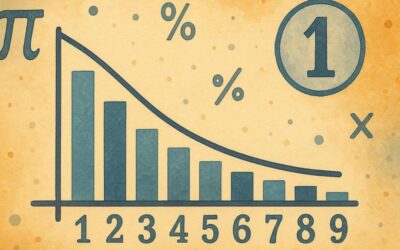


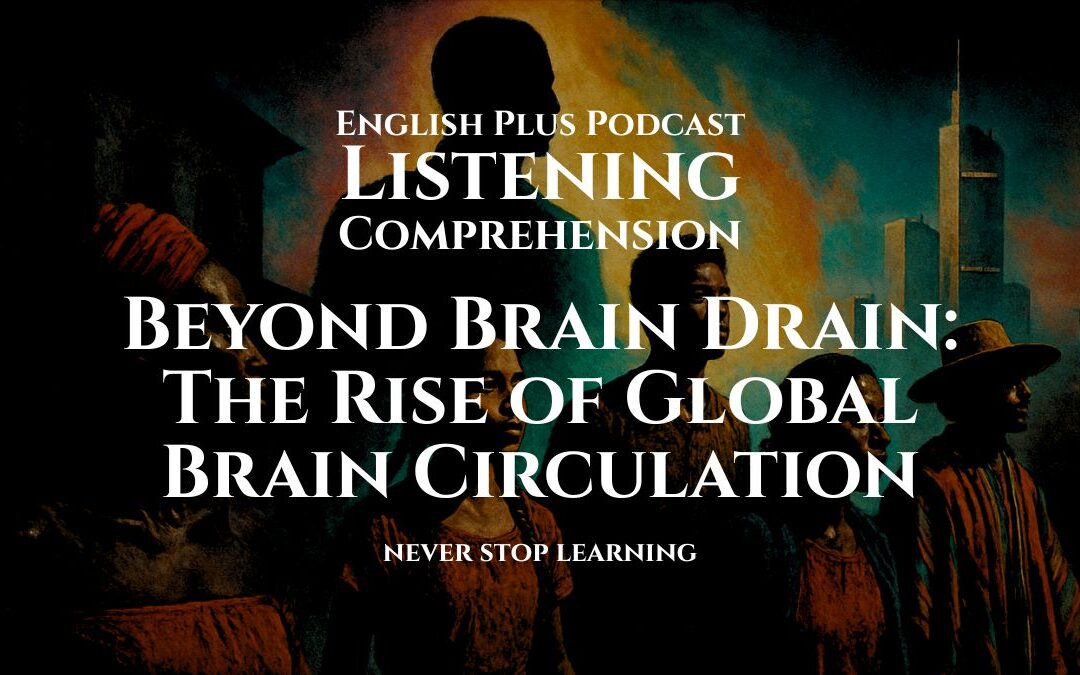

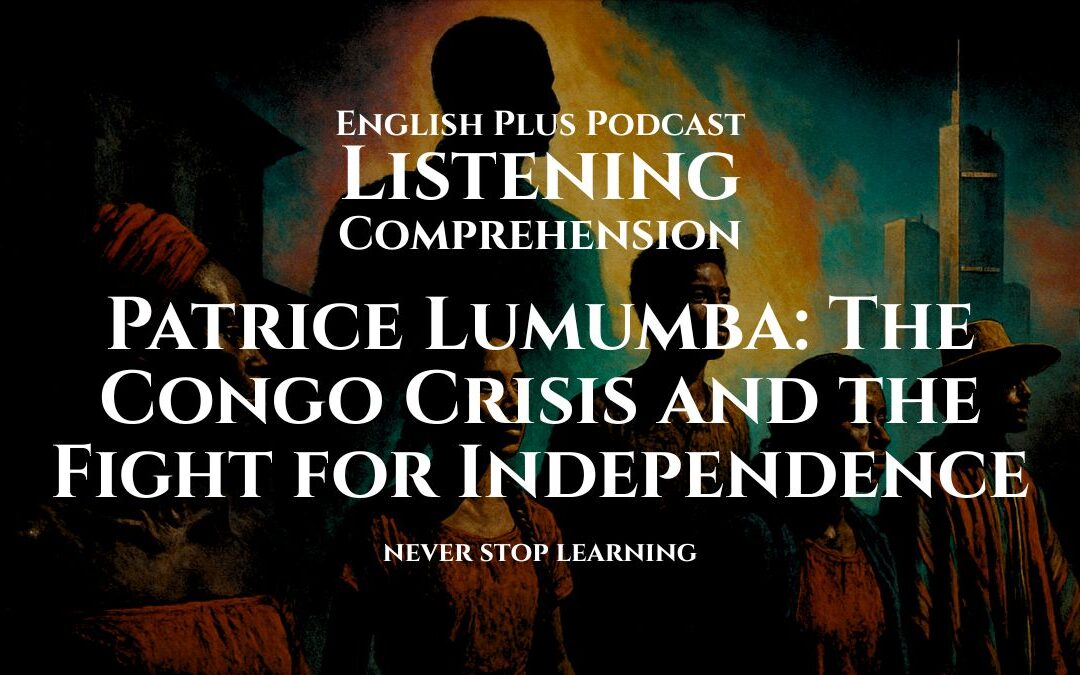

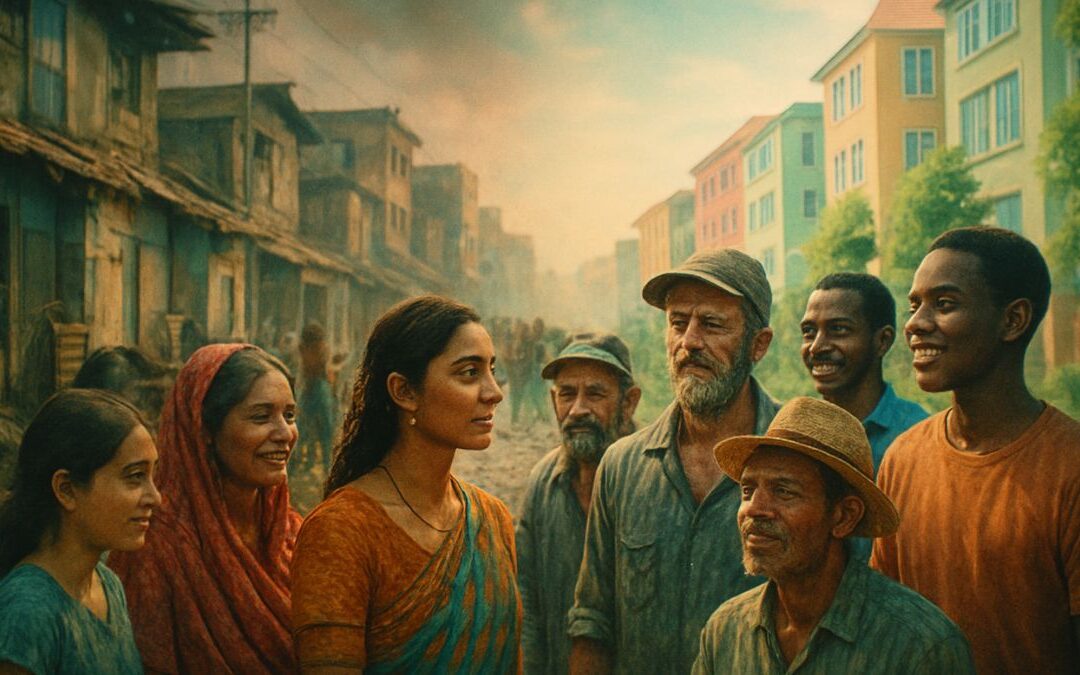
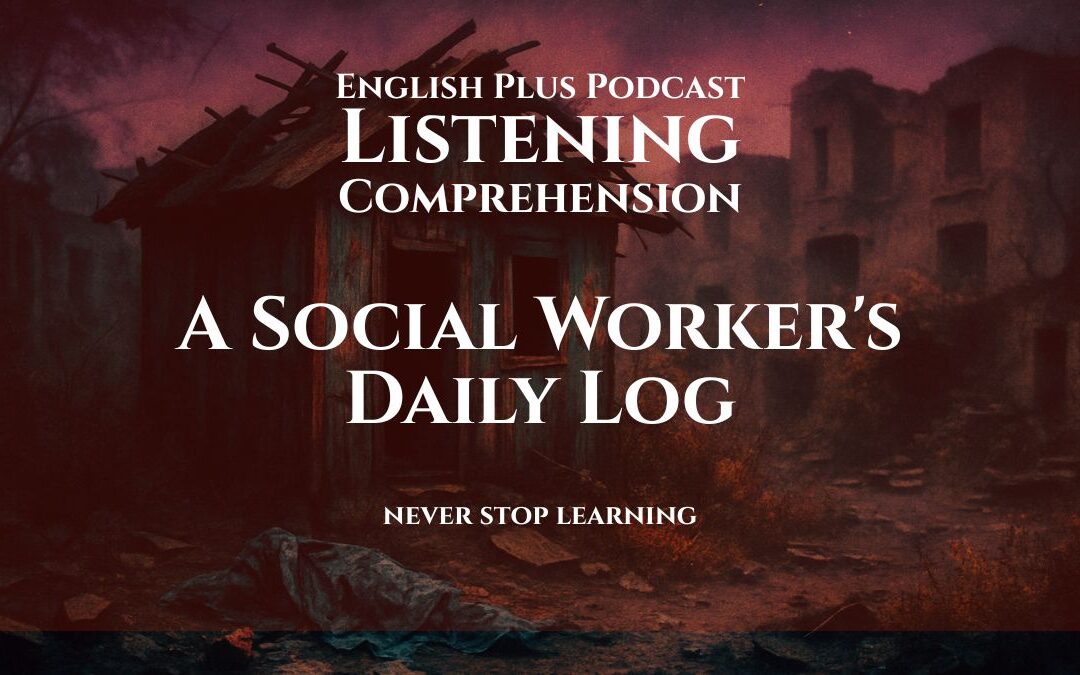
0 Comments